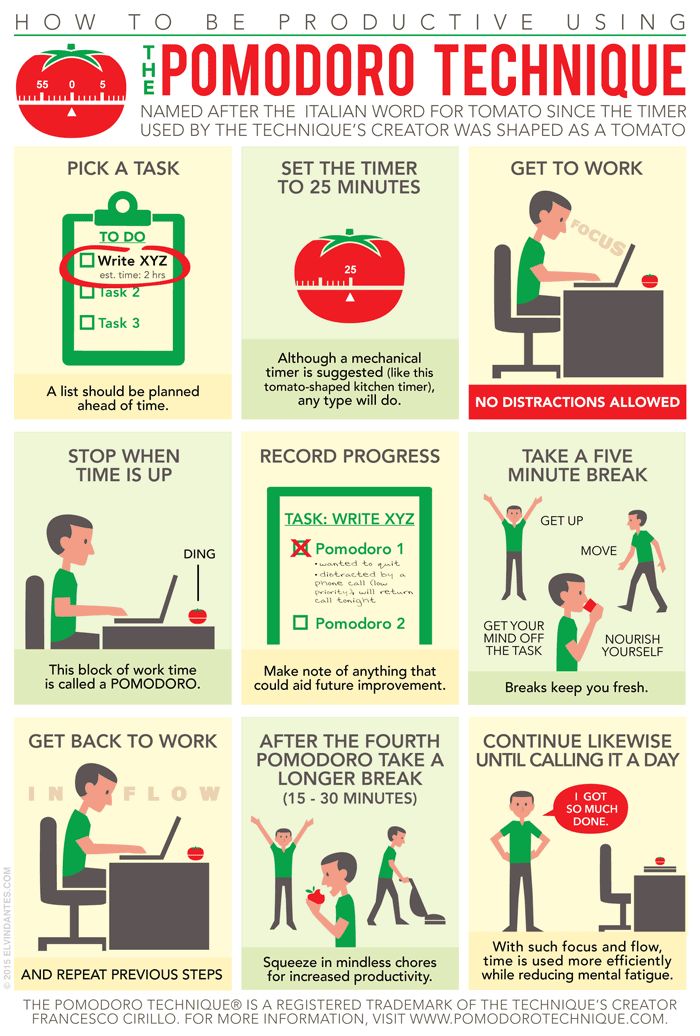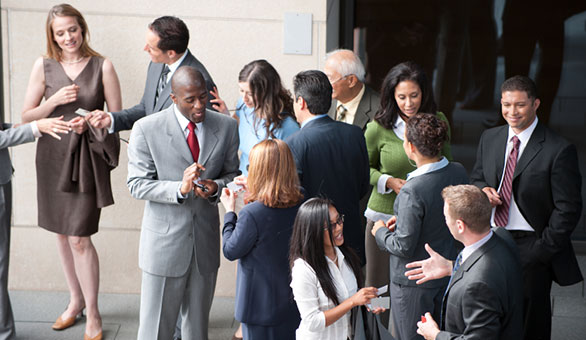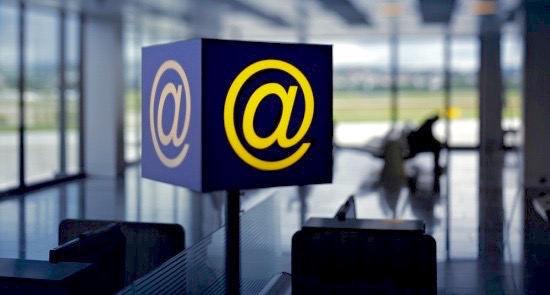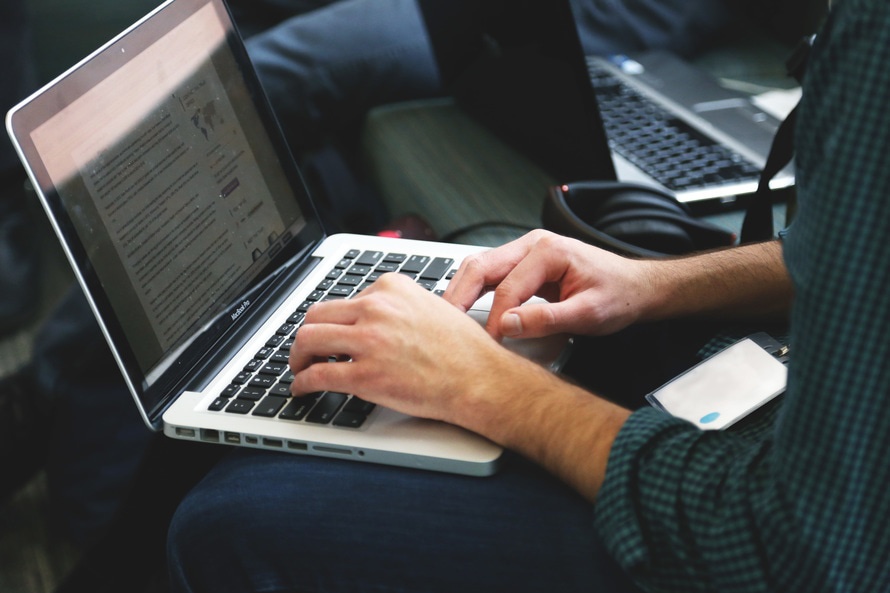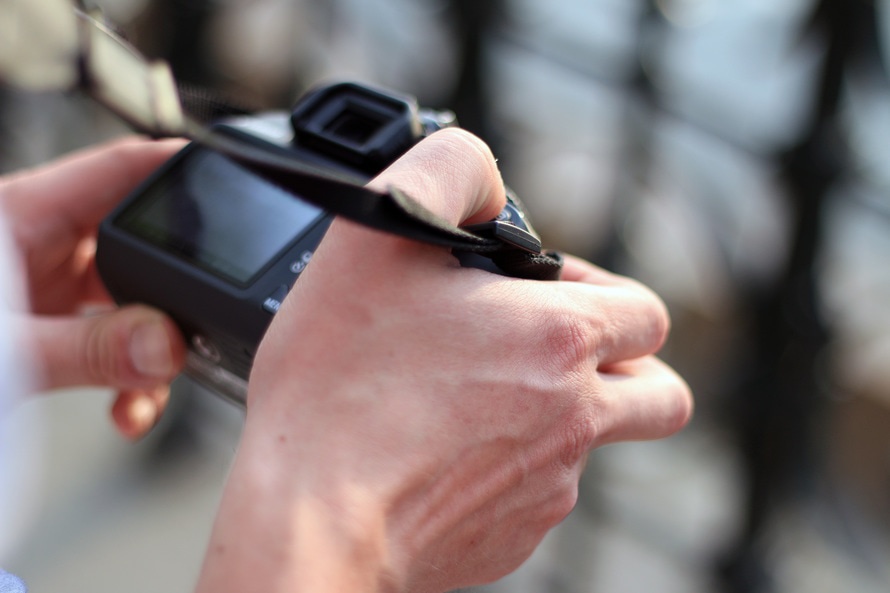For many people, time is an enemy. We race against the clock to finish assignments and meet deadlines.
The Pomodoro Technique teaches you to work with time, instead of struggling against it.
A revolutionary time management system, it is at once deceptively simple to learn and life-changing to use.
Here is what makes it so unique:
![How to be productive using the Pomodoro Technique [infographic]](https://www.fedracongressi.com/fedra/wp-content/themes/avant/images/blank_blocks_img.png)
